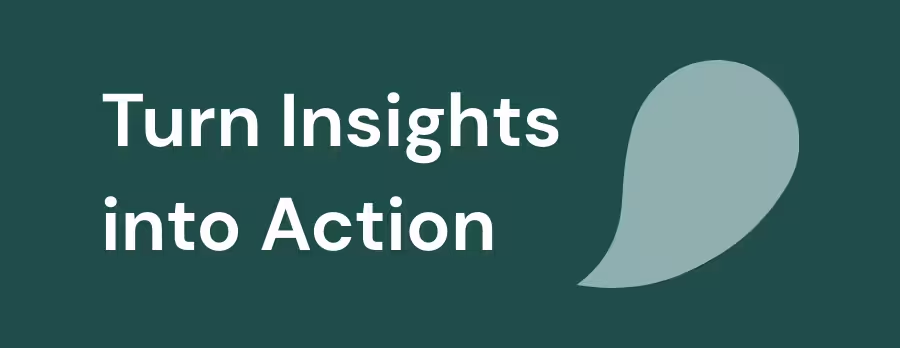A meeting that goes off track, a silence that lingers, a vague sense of irritation. Workplace tensions are not always visible, but their effects are very real. They often take hold quietly, creating a heavy atmosphere that eventually impacts employees’ mental health, the quality of relationships, and overall company performance.
While 66% of employees reporting that they face conflicts at work (OpinionWay, 2023), it has become urgent to understand where these tensions come from—and how to anticipate them.
Why focus on workplace tensions?
Frequent tensions, rarely trivial
On average, employees spend three hours per week dealing with disputes or relational disruptions (OpinionWay, 2023). This lost time carries an invisible but significant cost: reduced concentration, irritability, withdrawal, and even disengagement.
A risk factor for mental health
According to a Workforce Institute study (UKG, 2023), 69% of employees believe their manager has more impact on their mental health than their partner. The quality of professional interactions therefore plays a decisive role in psychological well-being at work.
The Employee Mental Health Barometer published by Teale also highlights that positive interpersonal relationships act as a protective factor. Creating a calmer workplace climate helps both to prevent psychosocial risks and to support collective performance.
Understand what fuels tensions
Workplace tensions are not always the result of a disagreement between two individuals. They can also stem from the organization itself—through imposed rhythms, unclear communication, or misaligned expectations. Here are three key factors:
1. Uncertainty weighing on teams
Mergers, restructurings, digital transformations… Organizations are evolving in unstable contexts often described as VUCA (volatile, uncertain, complex, ambiguous) or BANI (brittle, anxious, non-linear, incomprehensible).
Without clear communication and reassuring frameworks, this uncertainty erodes employees’ points of reference, forcing them into constant adaptation. The result: a background level of tension that is rarely expressed but always felt.
2. Daily information overload
Back-to-back meetings, endless notifications, overflowing inboxes… infobesity undermines concentration, disrupts priorities, and fuels frustration.
According to OpenText (2022), 40% of French employees say information overload is a source of stress. And an OpinionWay–INside survey (2018) found that 1 in 5 employees lack the information they need to do their job properly. These imbalances create latent tensions, even without open conflict.
3. A gap between expectations and reality
Employees expect more recognition, autonomy, and transparency. But managerial practices do not always meet those expectations. According to Forrester (2023), only 27% of employees say they feel fulfilled at work, and 40% believe their employer takes real action to improve their well-being.
This gap often fuels weariness and resentment—rarely voiced, but deeply rooted.
How to spot warning signs
Not all tensions escalate into visible conflicts. Many early warning signs can alert HR and managers to a deteriorating relational climate.
Shifts in behavior
- Unusual withdrawal or isolation
- Irritability or nervousness
- Frequent delays or repeated requests for full-time remote work
- Procrastination, lack of interest, or reduced engagement
- Sudden micro-management or withholding of information
Individually, these signals may not be alarming. But taken together—or if they occur repeatedly—they may reveal underlying tension.
Strained communication
- Difficulty speaking without friction
- Meetings becoming tense or unproductive
- Filtered or missing upward feedback
- Feedback avoided, poorly received, or poorly expressed
The quality of dialogue is one of the best indicators of collective climate. When it declines, it’s time to act.
Key takeaways
- Workplace tensions are frequent—and often underestimated.
- They go beyond individual disputes, often reflecting broader organizational issues, information overload, or unmet expectations.
- Spotting them early gives organizations the chance to act before situations deteriorate.
What’s next? Acting upstream to prevent risks
At teale, we help companies prevent workplace tensions by equipping teams to act at the first warning signs.
Through training modules, workshops, a rich resource library, and a network of partner therapists, Teale provides a complete toolkit to:
- build a culture of feedback,
- strengthen employees’ mental health,
- and support organizational performance.





